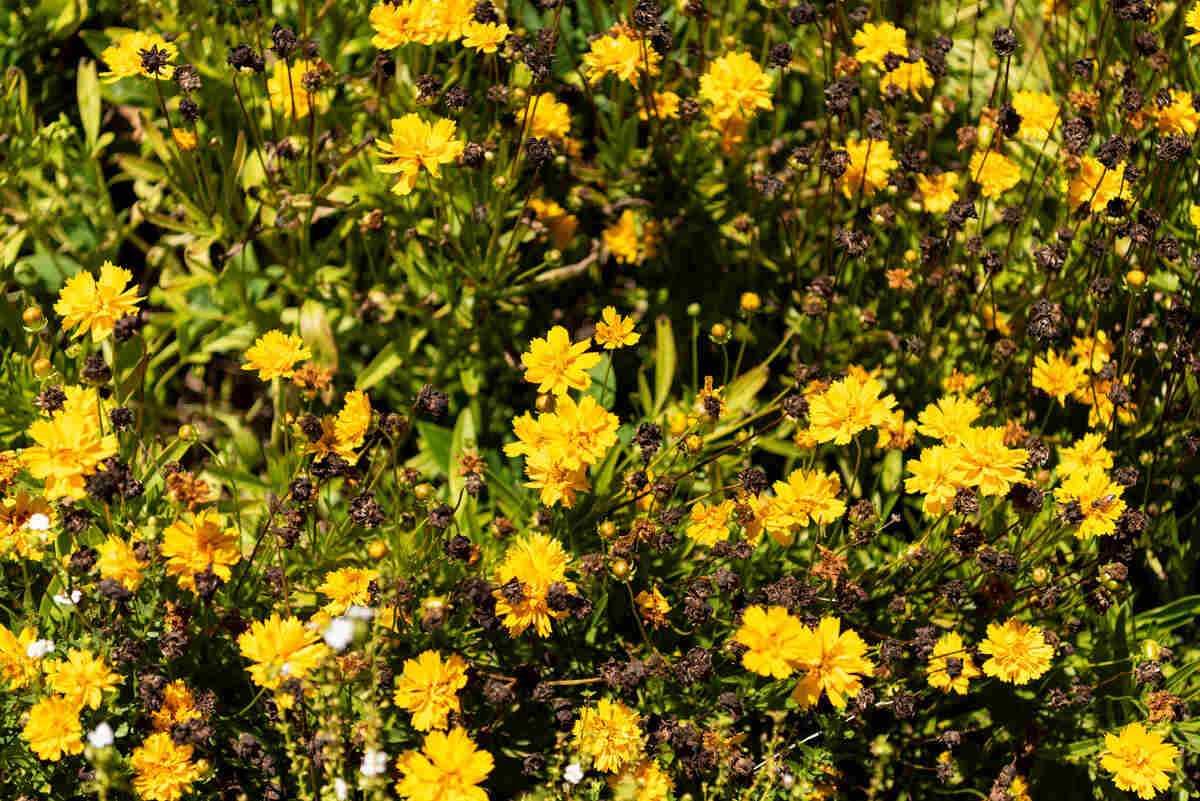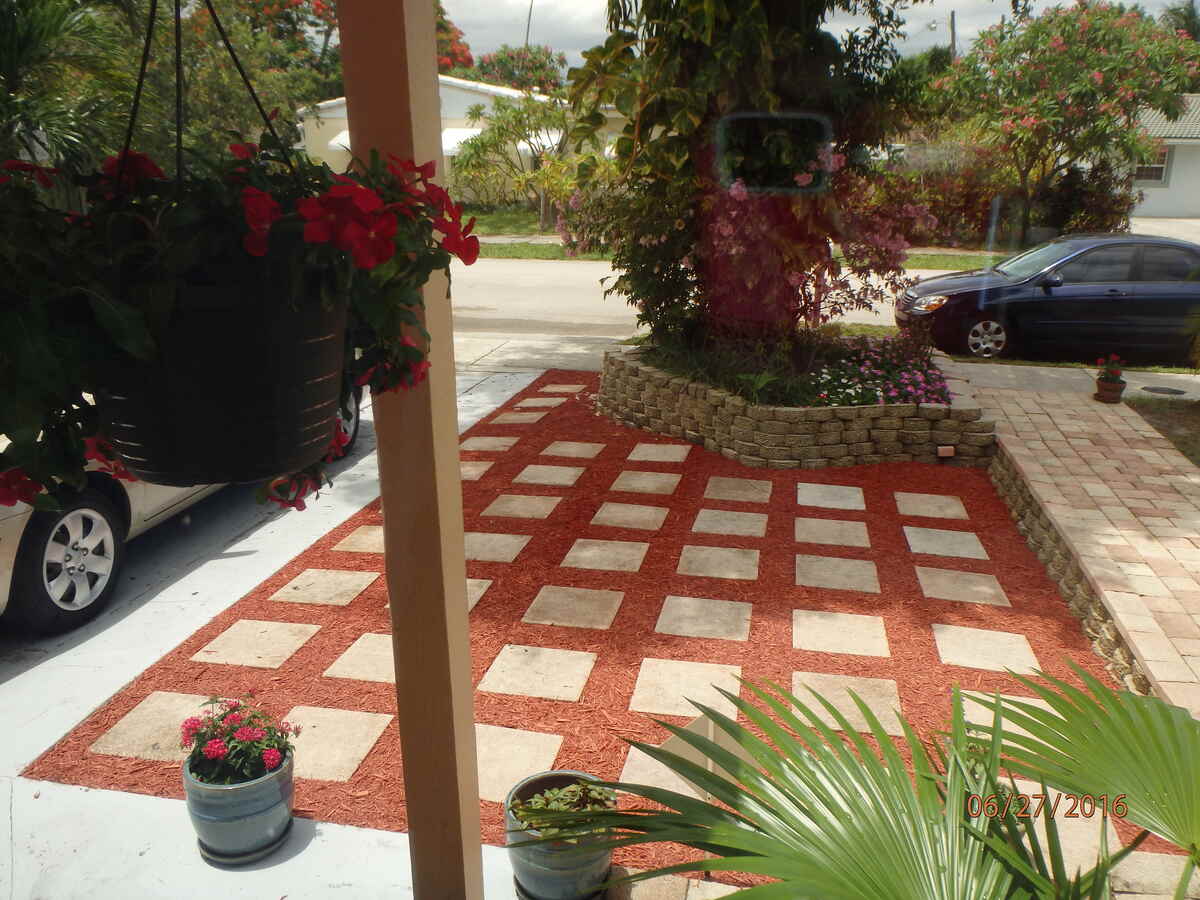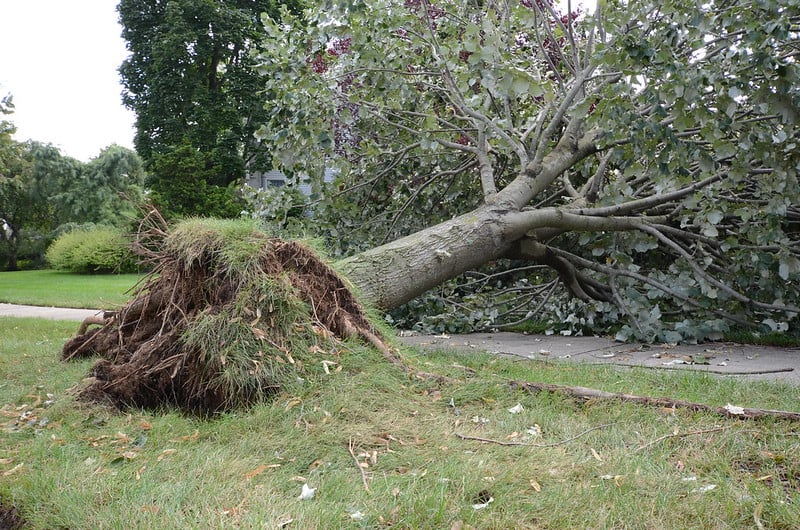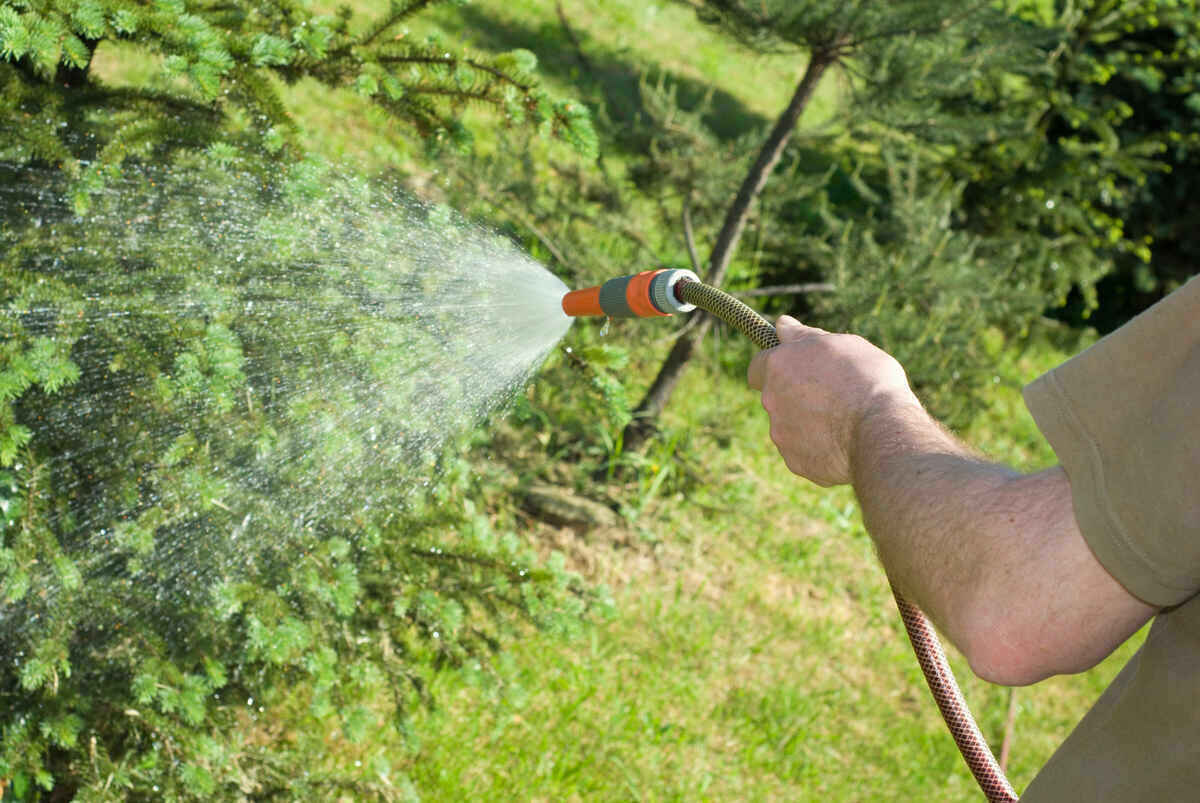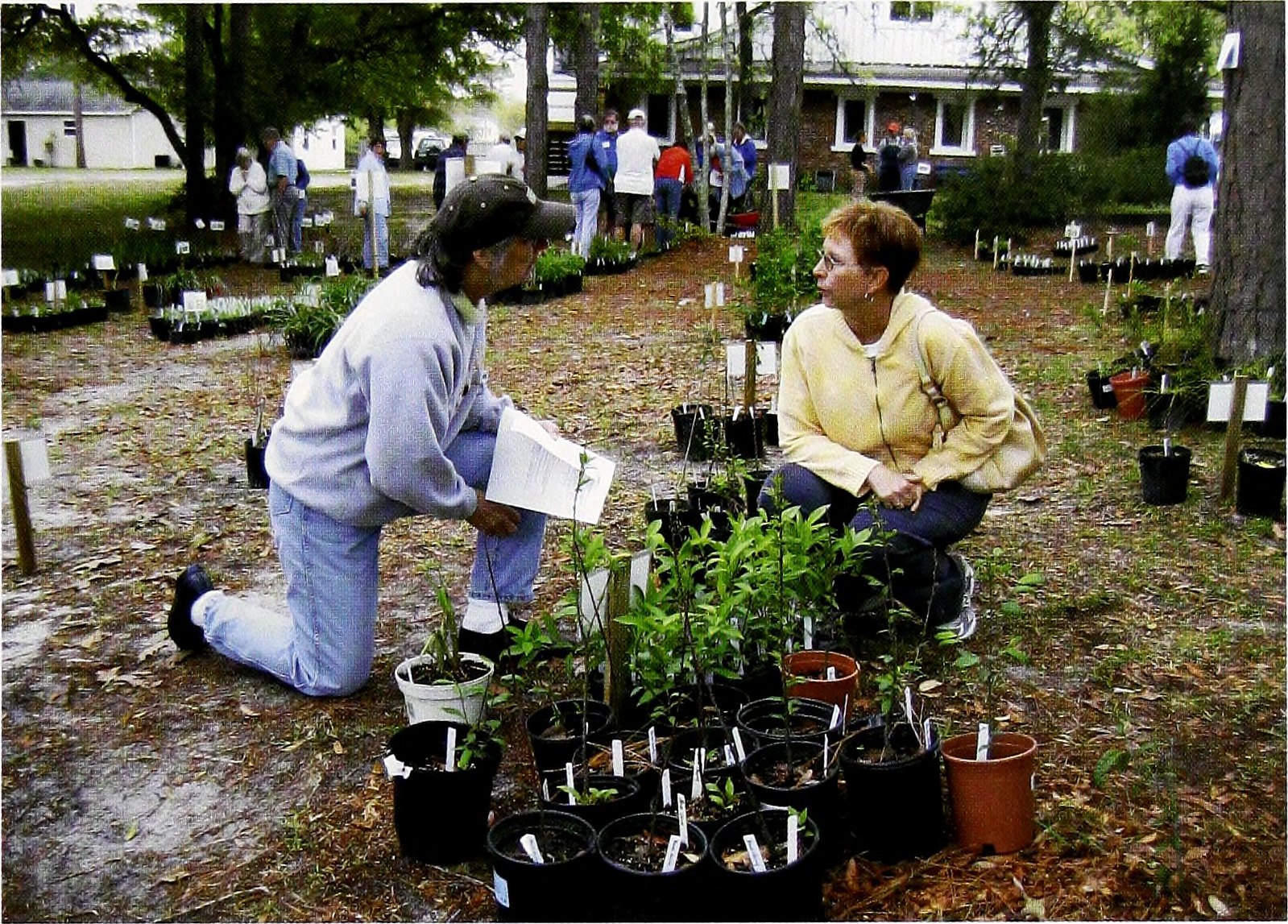
The City of Oaks takes its trees very seriously, and the reason why is clear.
“Because of all the benefits that trees provide: better air quality, better water quality, the aesthetic value, the habitat,” says Chris Crum, Development Forester with the City of Raleigh.
So if you’re looking to plant a tree, Raleigh will thank you, but you need to know the rules.
To a certain extent, you can do what you will on your own property, but if a planned tree planting or removal will impact a neighbor, city property or a city right-of-way, you’ll have to follow some specific guidelines set out in the city code.
Raleigh’s Tree-Planting Rules
In Raleigh’s code of ordinances, it says the city works to “regulate and control the planting of trees and vegetation, to encourage the protection of existing trees and vegetation … and to establish the standard arboriculture specifications and practices.”
Most of those rules, Crum says, are for developers. For a developer proposing a new subdivision or similar project, the city requires essentially one tree every 40 feet.
Crum works with developers to meet this requirement, including finding existing trees to fill the quota. Also, any lot over 2 acres must preserve 10% to 15% of the trees on that lot, depending on zoning.
Tree Impact Permits
So any tree located partly or entirely within city property or city right-of-way, including boundary trees, are covered under the ordinance.
To do any work within 15 feet of trees fitting that description, a developer or homeowner must get a tree impact permit.
Not doing so can land you in hot water. The code lays out a $250 fine for a first-time violation of the tree rules, and $500 for any repeat violations within one year of that first fine.
But fear not, in almost 70 pages, the Raleigh City Tree Manual lays out everything the homeowner needs to know about trees in the City of Oaks.
Which Trees?
Any tree wholly on a homeowner’s private property is fair game. Say you’ve got an old decaying sweet gum or a smelly, burdensome Bradford pear (one of the worst trees to plant in Raleigh) in the backyard, you can cut them down without any interference from the city.
The same goes for planting a new one in your backyard.
But it can get confusing. Some people might not understand where the property lines are, Crum says.
What about the tree that’s right beside the sidewalk and hangs out over the road? Rows of trees along streets are essentially the city’s trees, he says. You’ll need a permit for any work to disturb that one.
The same goes for planting one along the street or sidewalk. And in that case, the city is ready to help.
Neigborwoods Program a Success
For about 10 years, the city ran an initiative called the Neighborwoods Tree Planting program that partnered with citizens in the community to plant and care for street trees in residential neighborhoods.
The program provided the trees free of charge in exchange for a neighborhood pledge to plant and maintain those trees.
Between 2003 and 2013, the program planted more than 10,500 trees. It worked so well it essentially canceled the need for itself, Crum says.
We “kind of got all the trees in there,” he says. It began doing more outreach instead of actual tree plantings.
Now, the city requires development plans to plant trees as part of its development requirements, meaning new subdivisions will already have them.
But, neighborhoods still come to the city with requests, he says, and the city still works with neighborhoods to recruit volunteers and get more trees planted.
Tree Selection
When it comes to which trees get planted in Raleigh, the Tree Manual also offers some guidance.
Any tree planted on city-owned or city-controlled property “shall be of a cultivar that is superior in form and disease resistance.” Special preference is given for trees uniquely adapted to urban environments.
It forbids planting exotic invasive species. The city’s full-time urban forester reviews every selection, whether you plant it yourself or call a tree-care specialist.
While exotic species get the thumbs-down, the city still encourages species diversity to improve the overall health of the city’s urban forest.
Suggested Trees
Some suggested trees included in the manual include:
- American Elm (Ulmus americana)
- Bald Cypress (Taxodium distichum)
- Black Gum (Nyssa sylvatica)
- Oaks (Quercus spp.)
- Red Maple (Acer rubrum)
- American holly (Ilex apaca)
- European hornbeam (Carpinus betulus)
- Trident maple (Acer buergerianum)
- Carolina silverbell (Halesia tetraptera)
- Crepe myrtle (Lagerstroemia spp.)
- Japanese maple (Acer palmatum)
- Serviceberry (Amelanchier grandiflora)
The manual even lays out planting and maintenance guidelines for trees in the city, including root depth and distance from infrastructure requirements.
If you’re curious about planting some trees in your neighborhood, the City Tree Manual is where you should start.

